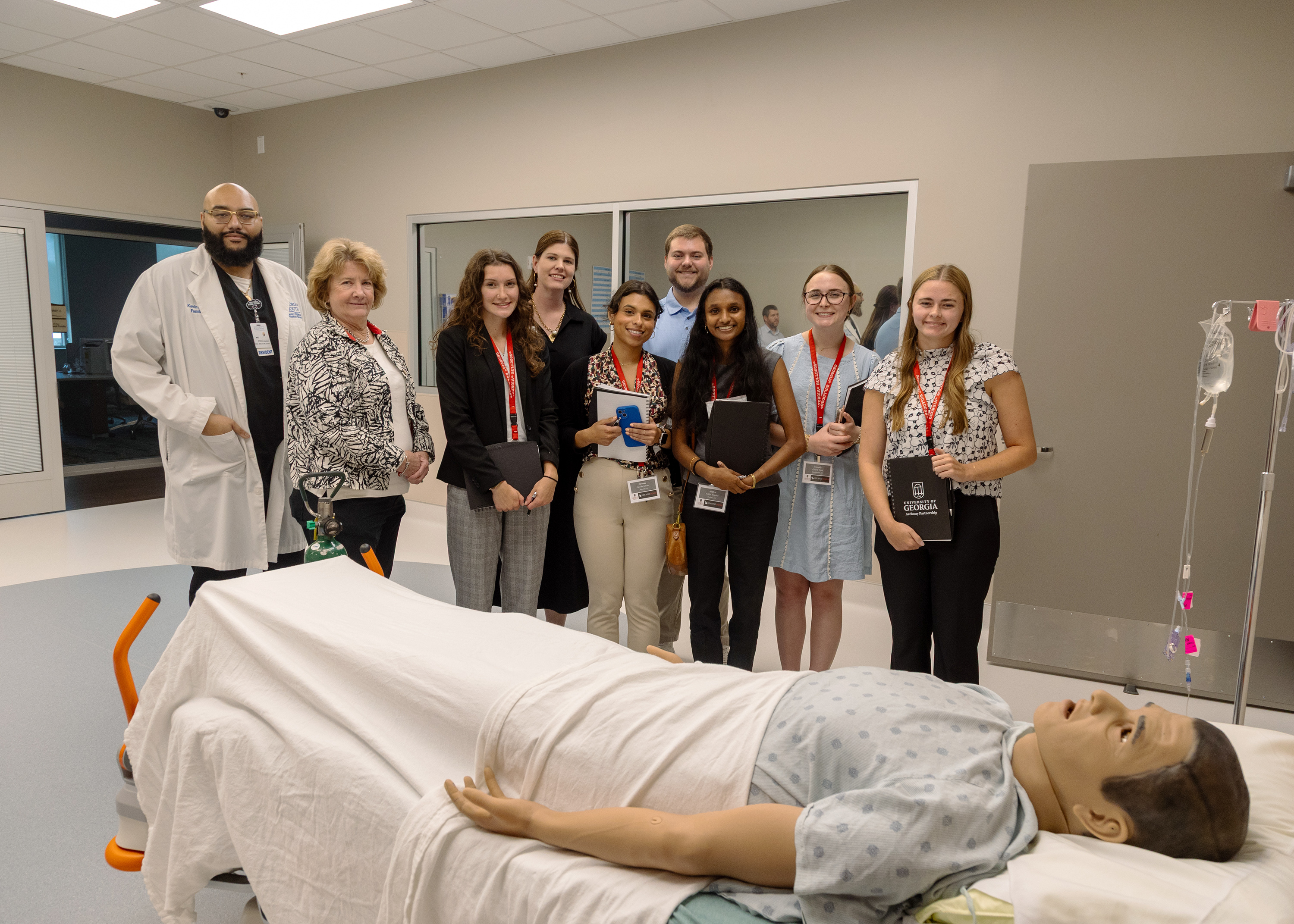Advocates track drastic change in 6 months of Texas abortion ban
Published 5:53 am Sunday, February 27, 2022

- Tuesday marks six months since Texas’ controversial and restrictive abortion law—passed as Senate Bill 8— went into effect impacting thousands of women across the state, advocates say.
AUSTIN, Texas — It has been six months since Texas’ controversial and restrictive abortion law— passed as Senate Bill 8 — went into effect, and advocates say the law has dramatically impacted thousands of pregnant people across the state.
The law, passed six months ago Tuesday, bans abortions after cardiac activity is detected, usually around six weeks of pregnancy, before many women know they are pregnant. It also deputized private citizens enabling them to bring lawsuits against anyone who “aids or abets” an abortion.
According to data released Thursday from the Planned Parenthood Federation of America, Planned Parenthood health centers in states surrounding Texas saw a nearly 800% increase in abortion patients from the Lone Star State between Sept. 1 and Dec. 31 compared to the same dates the previous year.
“These numbers are staggering and just one part of the devastating picture on the ground in Texas and the surrounding states,” said President and CEO of Planned Parenthood Federation of America Alexis McGill Johnson in a statement. “For nearly six months, the country’s most restrictive abortion ban has led to continued chaos and a sustained crisis for patients and providers in Texas and beyond.”
Specifically, patients with a Texas zip code make up more than half the total number of abortion patients at Planned Parenthood centers in Oklahoma, compared to less than 10% the year prior.
Additionally, centers in New Mexico and Colorado saw a 100% and 1000% increase, respectively, year over year, data shows.
“There are folks that unfortunately, will be forced to carry pregnancies to term and not have the option of having an abortion,” he said.
Dr. Bhavik Kumar at Planned Parenthood Center for Choice in Houston said his clinic has seen a 50% drop in the number of patients it has been able to provide abortions for compared to pre-SB 8 numbers.
Marc Hearron, senior counsel at the Center for Reproductive Rights, argues on behalf of abortion advocates in the current Whole Woman’s Health v. Jackson case.
He said since this law went into effect in September, Texans have been forced to travel hundreds of miles to other states to access a constitutionally protected right.
“What’s happening in Texas should be a great warning for the rest of the country,” Hearron said during a media conference. “This is a preview of what will happen on a much larger scale.”
Oklahoma and Louisiana are also working to accommodate the influx of patients.
For example, Louisiana’s Hope Medical Group, based in Shreveport, saw a 64% increase of Texas patients in the first four months since S.B. 8 took effect, said Kathaleen Pittman, clinic administrator for Hope Medical Group.
And Dr. Iman Alsaden, abortion provider and medical director of Planned Parenthood Great Plains, said from Sept. 1 to Dec. 31, Great Plains clinics saw more than 1,100 Texas patients up from approximately 50 the year before, with an overwhelming amount making their way to Oklahoma.
“The impact of this cruel law is far reaching,” Alsaden said. “The ripple effect on our lives is astonishing and heartbreaking.”
IMPACT ON PEOPLE OF COLOR
Abortion advocates continually state the disproportionate impact the Texas abortion ban has on marginalized communities — including low-income and individuals of color.
Rosann Mariappuram, executive director at Jane’s Due Process, a nonprofit dedicated to helping Texas teens with birth control and abortion access, said 85% of its clients seeking abortion care identify as Black, Indigenous or youth of color.
She added that Texas Equal Access Fund, which provides care in north Texas, reported 50% of its clients identifying as Black. And Fund Texas Choice reported 73% of its clients identify as Black, Indigenous or a person of color.
“This shows that the disproportionate impact of restricting reproductive health care specifically abortion falls hardest on black and brown communities,” Mariappuram said.
A report by the Centers for Disease Control and Prevention released Wednesday, found that the maternal mortality rate in the U.S. rose during the first year of the COVID-19 pandemic.
In addition, it found racial disparities stating that Black women died from maternal causes nearly three times the rate of white women. A maternal death is defined as a death while pregnant or within 42 days of the end of pregnancy, according to the CDC.
Where Black women account for 11% of the births in Texas, they also account for 31% of the maternal deaths, Mariappuram said.
Kristen Day, executive director for Democrats for Life of America, previously told CNHI News that she believes oppositely where allowing abortions is inherently racist.
“It can be argued too that the alternative — paying for abortion and making it more common and more available — is racist because the majority of women who are forced into abortion are minorities,” she said.
Day added that she instead believes the state should focus on funding alternative programs that help mothers through their pregnancies.
In the legislative session, Texas allotted approximately $100 million — a 25% increase — over two years to its Alternatives to Abortions program which provides counseling, material assistance and social services, among others, for up to three years after birth. The state budget accounts for helping about 150,000 women each year. The money is guaranteed regardless of court rulings.
In 2020, about 55,000 abortions took place in Texas, according to Texas Health and Human Services data. Executive Director for Texas Alliance for Life Joe Pojam said the money allotted more than covers all the women who could seek an abortion.
“I think that kind of puts things in perspective from the point of view of Texas legislature’s goals to protect unborn babies from abortion and provide tremendous resources for women with unplanned pregnancies,” Pojman said.
WHAT’S NEXT?
SB 8 continues to move through the court system.
On Thursday, the Texas Supreme Court heard arguments in a remaining narrow challenge against medical licensing offices.
Should the nine conservative justices on the court decide that medical licensing offices do not have enforcement power to revoke a medical professional’s license because of a lawsuit against them for violating SB 8, the case likely will cease.
Hearron said, at this point, he hopes for a ruling that blocks the state licensing officials from disciplining doctors, nurses, pharmacists and facilities by revoking their licenses for violating SB 8.
“[But] it will not stop the bounty hunting scheme or fully restore abortion access across the state,” he said.” The Supreme Court green-lit this law’s unprecedented vigilante scheme, and essentially said that federal courts are powerless to stop it.”
The Whole Woman’s Health and Whole Woman’s Health Alliance — the lead plaintiff in the SB 8 case — operates four clinics in Texas. It has suspended abortion services while legal challenges work through the courts.
Amy Hagstrom Miller, president and CEO of Whole Woman’s Health, said even as the courts rule against abortion providers, she will continue to fight for the right to a safe and legal abortion in Texas.
“These six months with SB 8 are indescribable, but we are not backing down,” she said. “We know providing abortion care is a moral good.”





